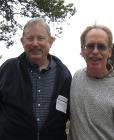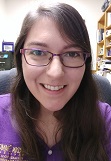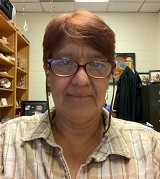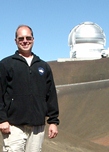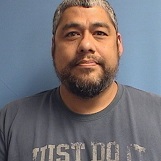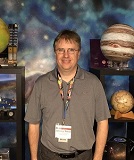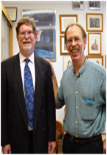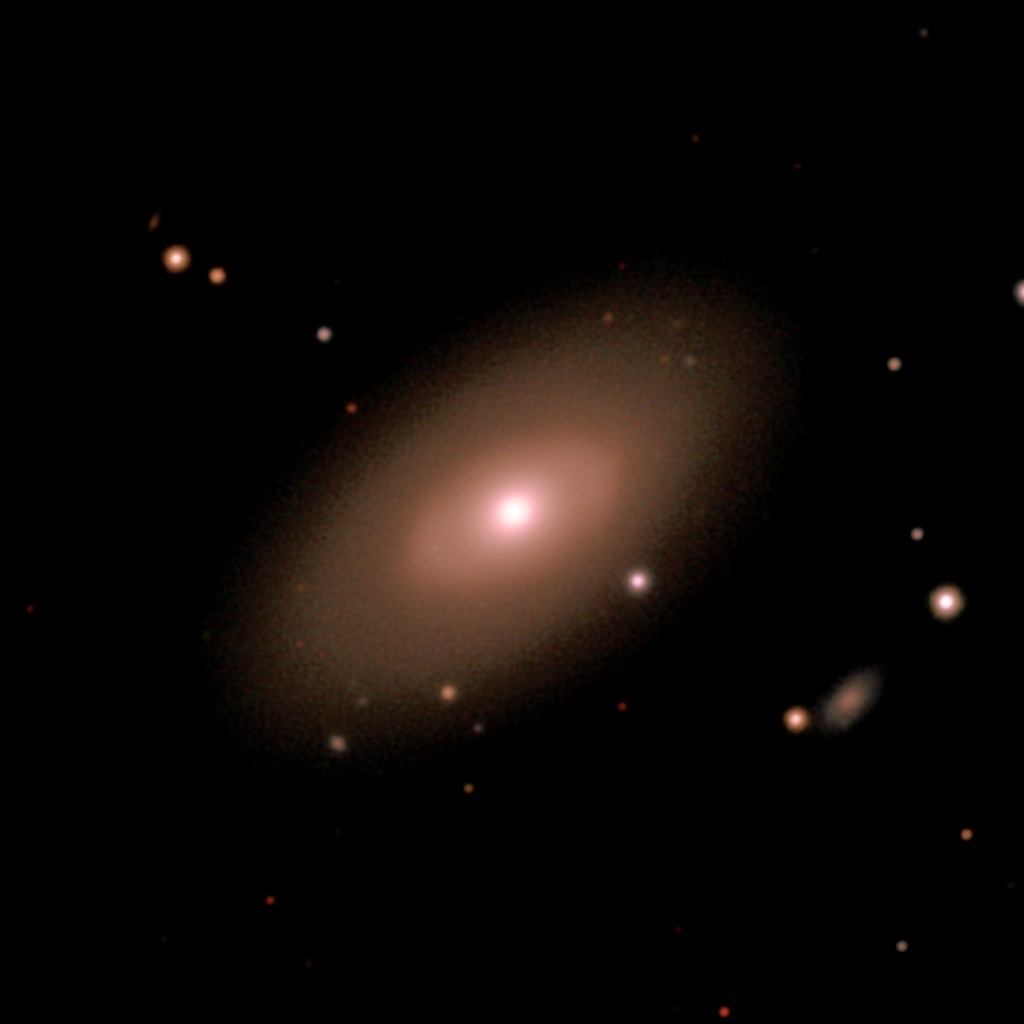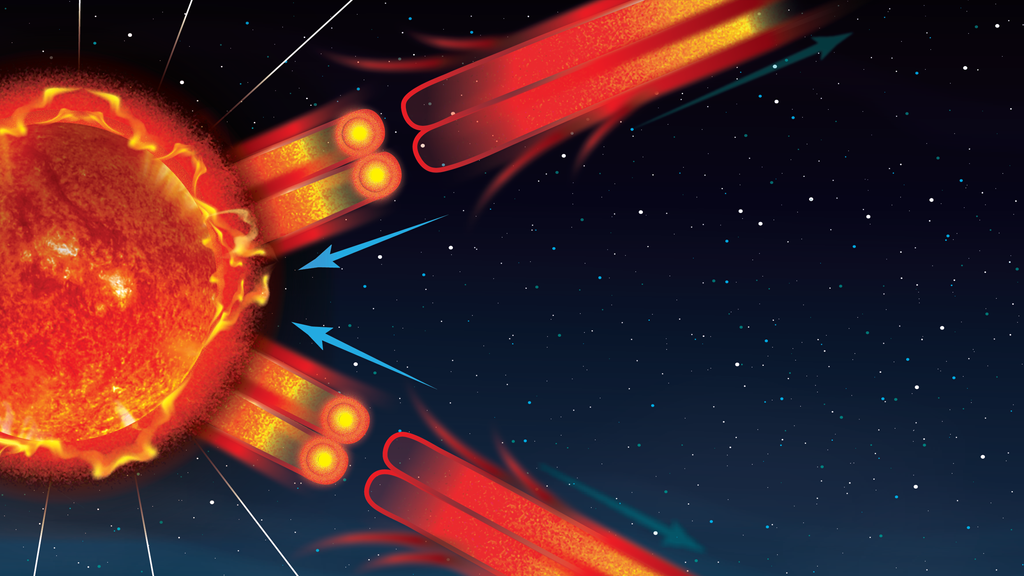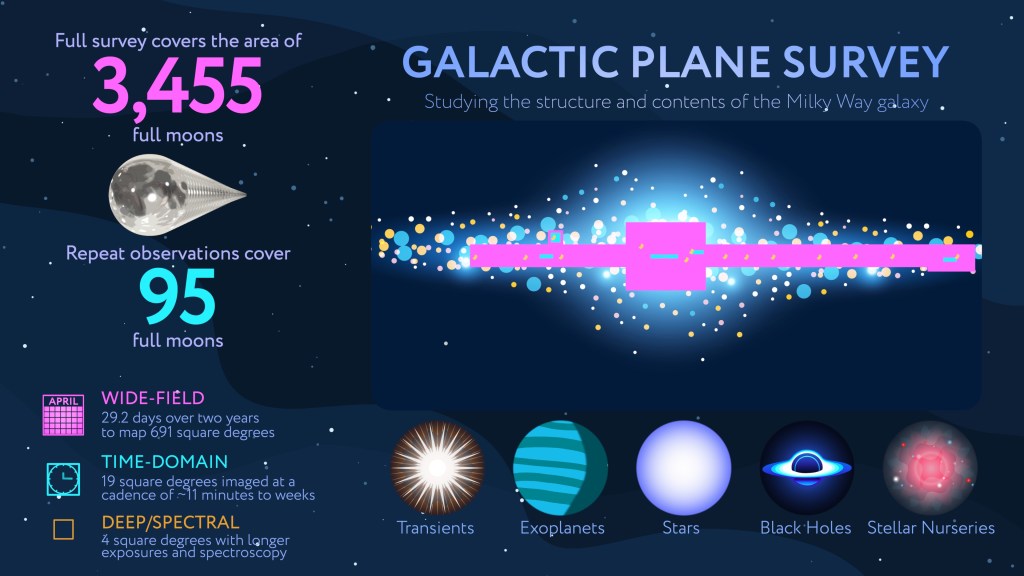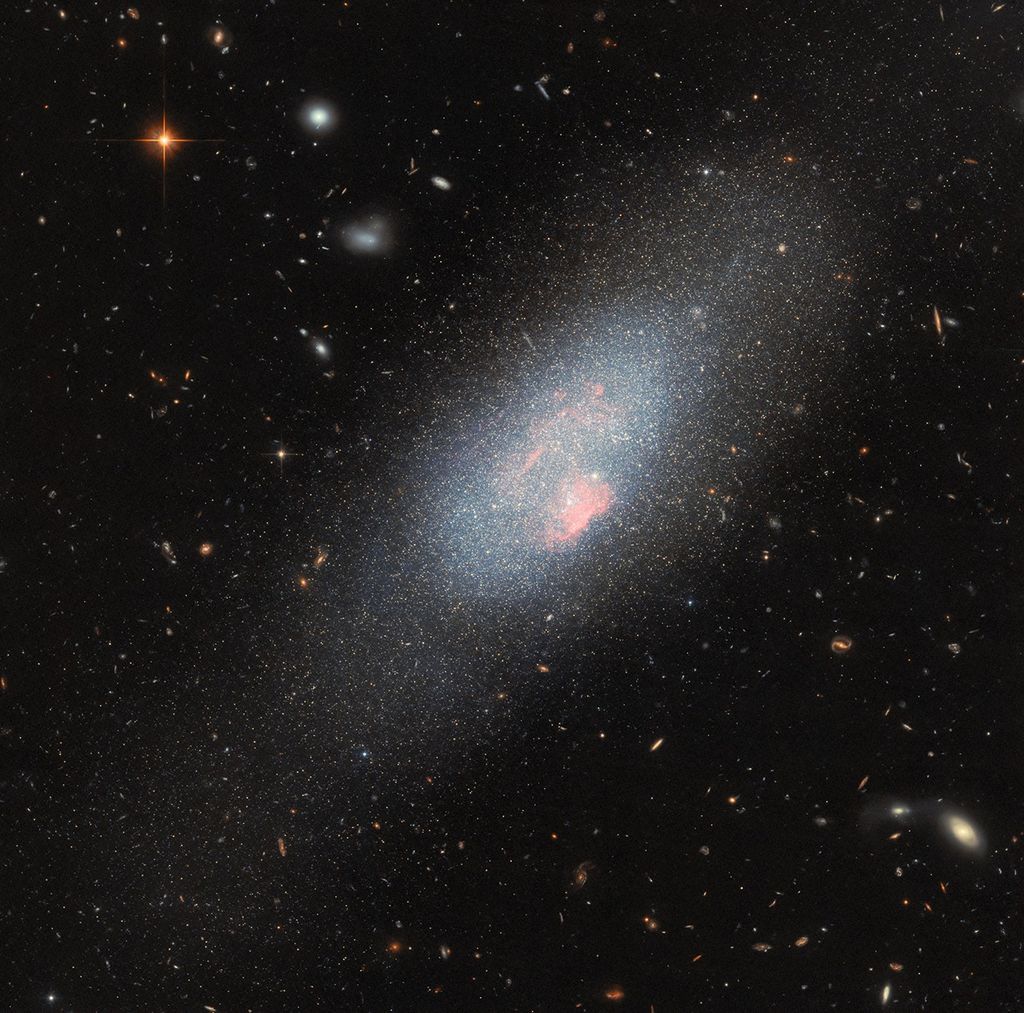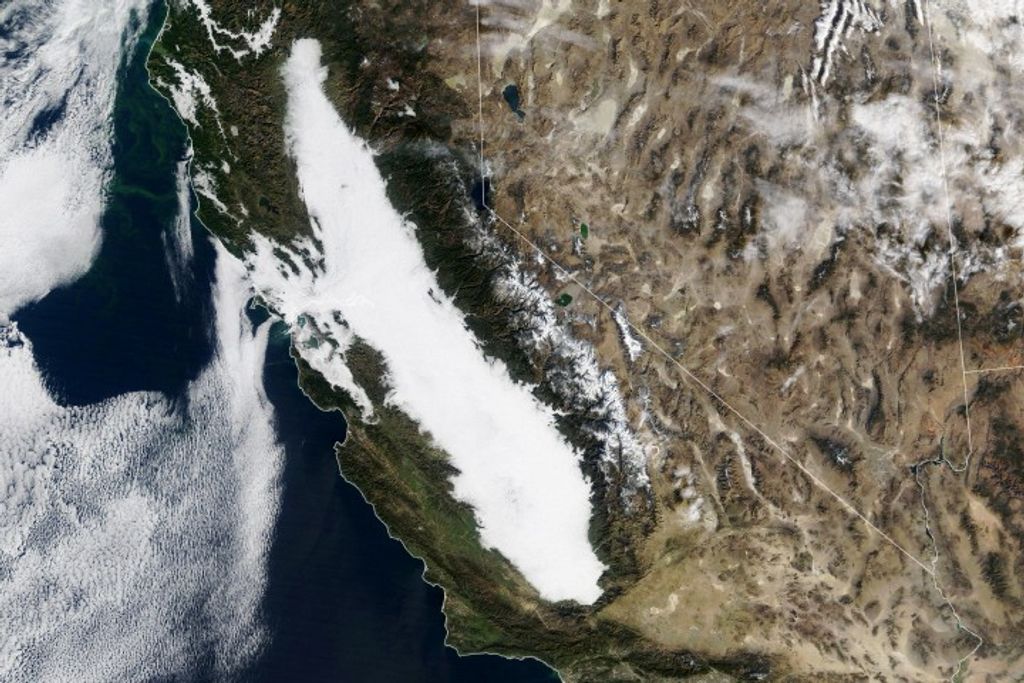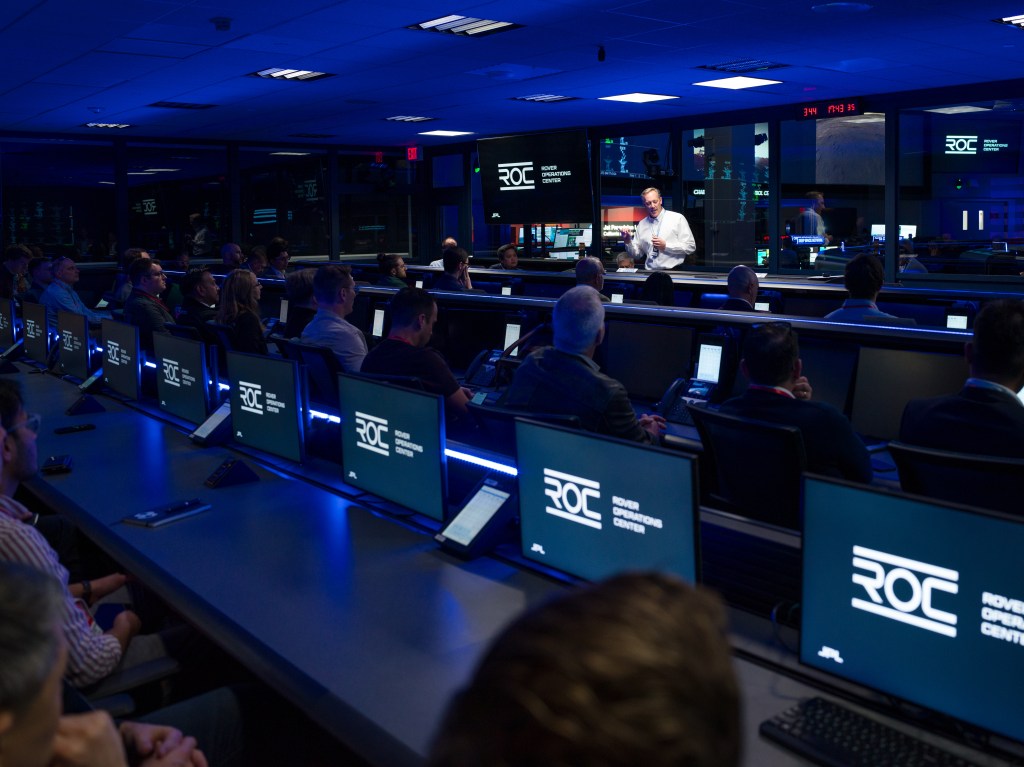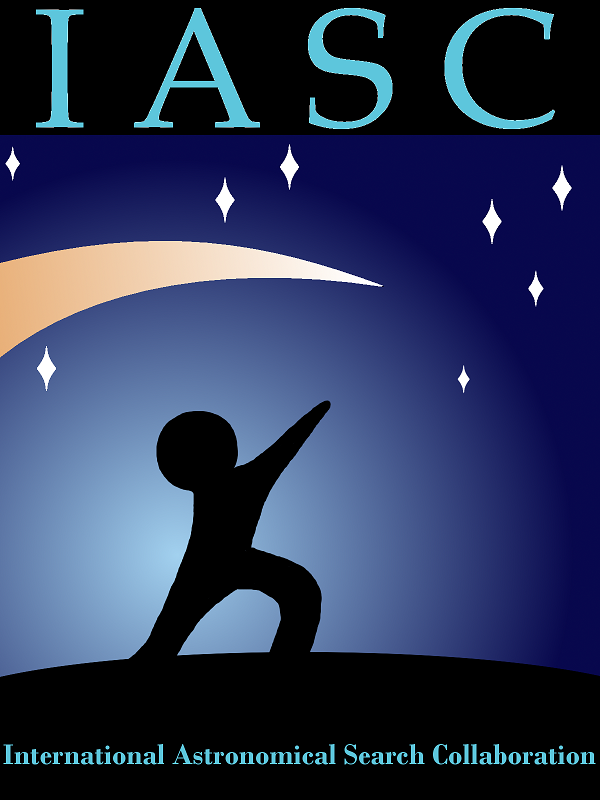International Astronomical Search Collaboration
Telescopes located in Hawaii and elsewhere continuously scan the sky in search of near-Earth asteroids – small, irregular, rocky objects left over from the formation of our solar system. The International Astronomical Search Collaboration project distributes fresh time-lapse images of the sky from these telescopes along with free software, and invites participants to hunt in the images for moving objects. These objects might be main belt asteroids, near-Earth objects, or trans-Neptunian objects. You could be the one who finds the next one!
Learn more and sign up using the register link.
project task
Examining images
division
Planetary
where
Online
launched
2006
What you'll do
- Sign up for a month-long campaign to get your data packet of four images.
- Use the free Astrometrica software package to “flip” between your four images to identify objects that are moving across the background of stars.
- Advanced users can access a wide range of image analysis tools.
- Earn a certificate recognizing your contributions.
Requirements
- Time: Completing the tutorial takes about 2 hours. Campaigns typically last for one month.
- Equipment: A Windows-compatible computer. You’ll download and run Astrometrica software, which is Windows-based.
- Knowledge: None. A tutorial provides all instruction needed.
Get started!
- Visit the project website.
- Click “Register.” Choose a campaign from the published schedule, choose a name for your team, and fill out the “Register for a Campaign” form.
- Download the Astrometrica software (Windows OS compatible) and develop your skills with the practice images while waiting for your campaign to begin!
Learn More
If you are impatient to look for asteroids, and if you age 18+, try the Daily Minor Planet project! There you’ll immediately join thousands of other people looking at fresh data from the Catalina Sky Survey.
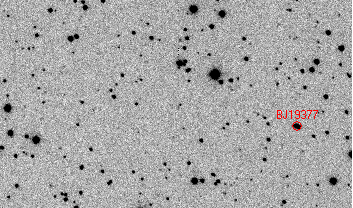
Get to know the people of IASC (pronounced “Isaac”)
